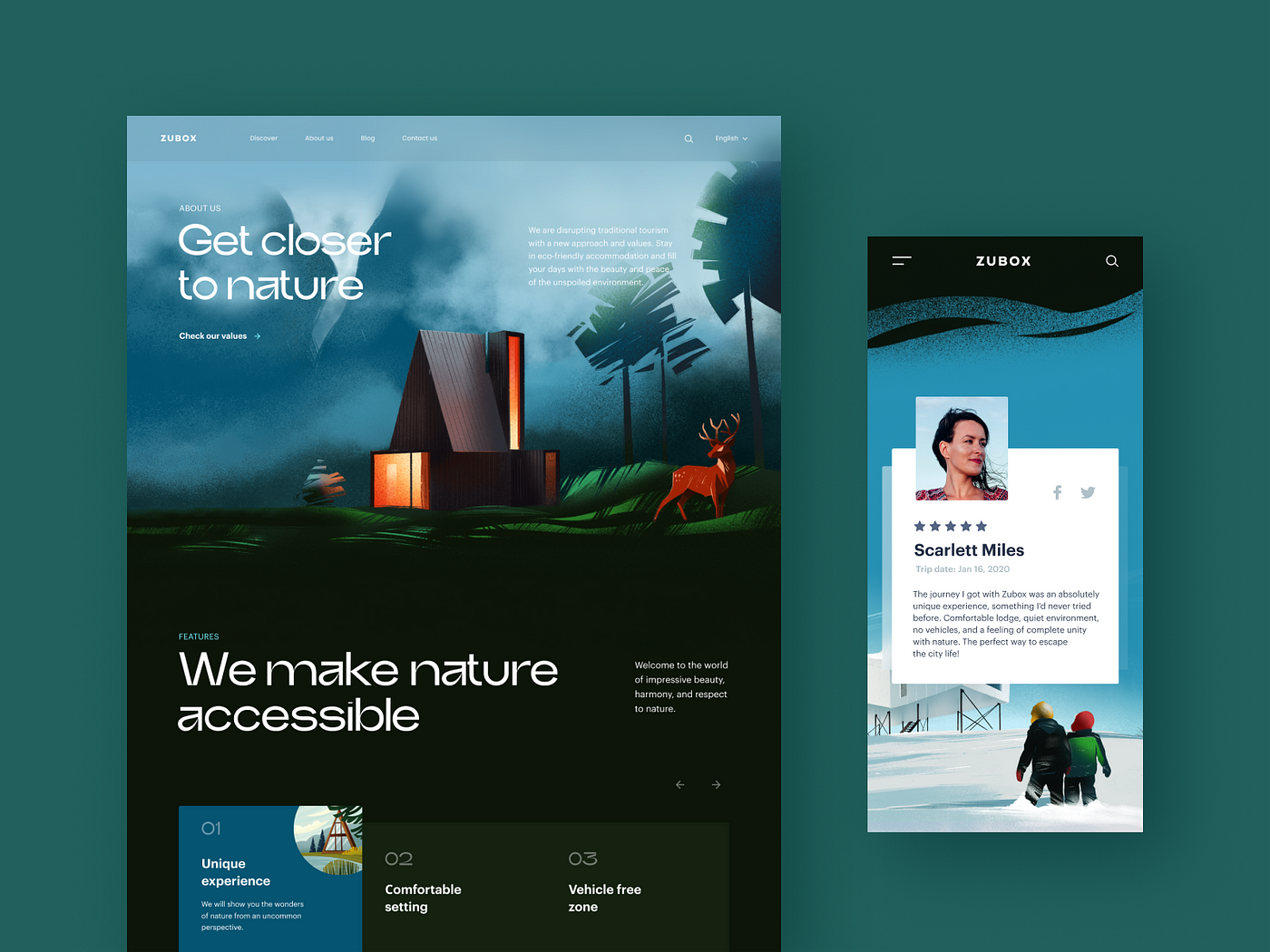Secret Factors To Consider to Remember When Establishing a Modern Web Design That Lines Up With Existing Fads
In the ever-evolving landscape of web style, it is essential to consider numerous critical factors that not only mirror present trends yet also boost customer interaction. A receptive design is critical, ensuring that customers experience seamless capability throughout various tools. Prioritizing customer experience through intuitive navigation and visual charm can not be ignored.
Responsive Design Principles
In the ever-evolving landscape of website design, the execution of receptive design concepts stands as a fundamental demand for creating easy to use internet sites. Responsive layout ensures that website provide well on a range of tools, from desktops to tablets and smart devices. This flexibility is achieved through fluid grids, versatile photos, and media queries, which collectively permit a solitary website to supply an optimum viewing experience throughout varied systems.
The core of receptive design depends on its ability to change design and content based upon the user's screen size and orientation. By utilizing loved one units like percents rather of fixed devices like pixels, developers can create scalable designs that preserve visual honesty. In addition, using media inquiries enables for the application of various styles depending on the characteristics of the gadget, promoting tailored experiences that boost usability.
Furthermore, receptive layout is not just a technical consideration; it is essential in fitting the enhancing use mobile gadgets for web browsing. As user assumptions evolve, ensuring accessibility and capability throughout all systems ends up being essential for keeping interaction and contentment. Thus, welcoming responsive design concepts is necessary for modern-day web development, cultivating inclusivity and future-proofing digital content.
Emphasis on Customer Experience
Individual experience (UX) has actually become a main focus in modern-day web layout, enhancing the concepts of responsive style by prioritizing just how users communicate with websites. A properly designed UX can considerably influence individual complete satisfaction, retention, and involvement, underscoring the requirement for developers to create user-friendly and pleasurable experiences.
Secret components of reliable UX layout consist of use, functionality, and looks. Websites should be simple to browse, making certain customers can discover the info they seek without confusion.

Moreover, incorporating user responses right into the design procedure is necessary - web design. Performing use testing and gathering insights from real customers can provide important info to fine-tune the layout and address discomfort points. Ultimately, a strong emphasis on user experience will certainly help develop internet sites that reverberate with site visitors, promoting commitment and driving conversions
Value of Access
Accessibility is a fundamental element of modern-day internet layout, making certain that all customers, no matter of their disabilities or abilities, can browse and connect with digital material efficiently. As the internet ends up being progressively integral to life, it is essential that internet sites are comprehensive, catering to a diverse target market that consists of individuals with aesthetic, acoustic, cognitive, and electric motor disabilities.
Implementing accessibility attributes not just sticks to lawful requirements, such as the Americans with Disabilities Act (ADA) and the Internet Material Availability Standards (WCAG), but additionally improves user experience for every person. Available layouts frequently cause far better navigation, quicker loading times, and enhanced search engine optimization, profiting all customers.
Moreover, promoting an inclusive electronic environment mirrors favorably on a brand's reputation. Firms that prioritize access show social obligation and a dedication to equity, which can improve consumer loyalty and expand their market reach.

Existing Visual Trends
Embracing existing aesthetic trends is vital for developing visually appealing and interesting internet sites that catch user focus. In today's digital landscape, minimalism remains to dominate, emphasizing tidy lines, sufficient white room, and simple navigation. This method not just improves readability yet likewise allows vital content to radiate, lining up with individual assumptions for simpleness and clarity.
Moreover, using bold typography is progressively popular, providing a distinct voice and improving brand name identification. Big, eye-catching fonts can produce aesthetic power structure, guiding customers with the web content properly. In addition, dynamic shade schemes are picking up, enabling developers to stimulate feelings and create memorable experiences.
Another trend is the unification of organic shapes and asymmetrical designs, which can add an element of shock and creative thinking, establishing a site besides even more traditional designs. The integration of immersive visuals, such as premium pictures and videos, can engage individuals and convey messages much more strongly.
As these aesthetic trends develop, it click is vital for web developers to remain notified and adjust their methods, ensuring their creations remain relevant and reverberate with modern target markets.
Optimizing for Performance
While aesthetic considerations play a significant role in bring in customers, enhancing for performance is equally crucial to make certain a smooth surfing experience. A well-designed site ought to load promptly and respond quickly to user communications, as hold-ups can result in irritation and increased bounce rates.
To attain ideal performance, programmers must focus on decreasing documents sizes by pressing pictures and using effective coding practices (web design). Implementing careless loading techniques can additionally improve rate by postponing the loading of non-essential resources until they are required. Furthermore, leveraging Web content Distribution Networks (CDNs) can distribute fixed possessions more detailed to individuals, reducing latency
Additionally, it is vital to make use of contemporary internet technologies such as HTML5 and CSS3, which not just enhance efficiency however additionally enhance compatibility throughout numerous gadgets and internet browsers. On a regular basis keeping an eye on website speed making use of tools like Google PageSpeed Insights can give important understandings into areas for renovation.

Final Thought
Finally, contemporary website design demands a multifaceted technique that encompasses receptive layout concepts, a focus on customer experience, and strict adherence to ease of access requirements. Existing visual trends, defined by minimalism and vibrant visuals, further enhance involvement. Additionally, optimizing performance with reliable source administration and fast packing times is important for preserving customers. Jointly, these considerations add to the creation of a cohesive and impactful online presence that meets the diverse requirements pop over to this site of contemporary individuals.
In the ever-evolving landscape of internet style, it is vital to think about numerous critical elements that not just mirror existing fads but also improve user involvement. A receptive style is critical, guaranteeing that users experience smooth performance across numerous gadgets.The core of responsive layout exists in its capability to adjust format and material based on the user's screen size and positioning.Furthermore, incorporating customer feedback right into the style process is important.In verdict, contemporary web design sites demands a diverse approach that includes responsive style concepts, an emphasis on customer experience, and stringent adherence to accessibility requirements.